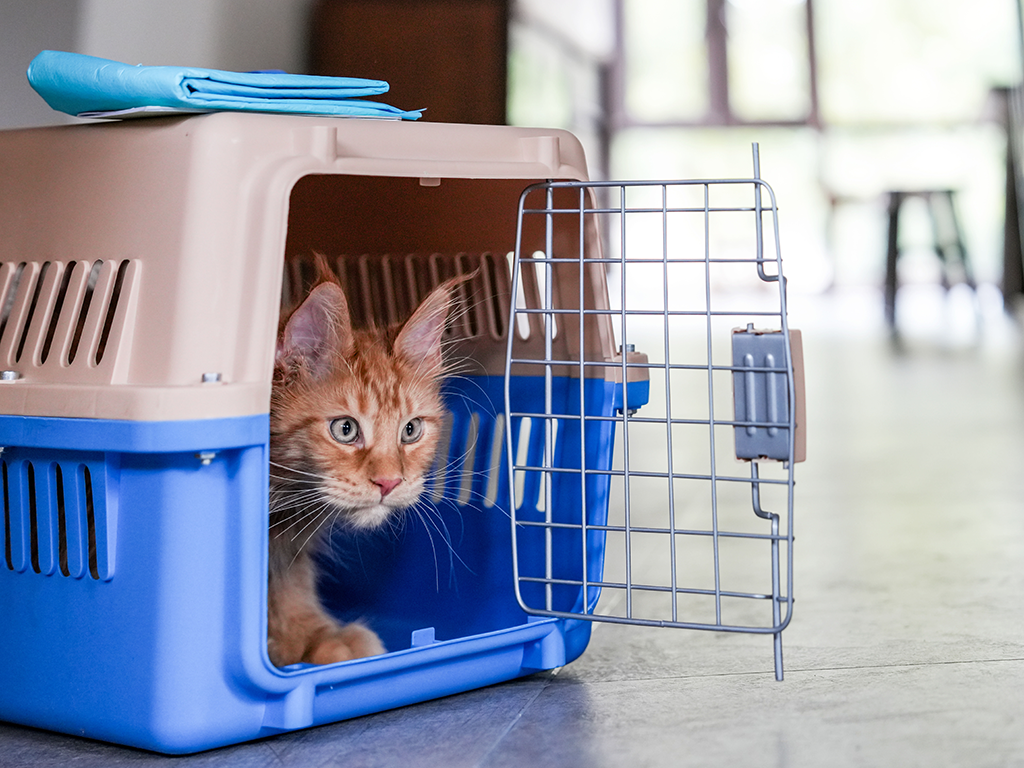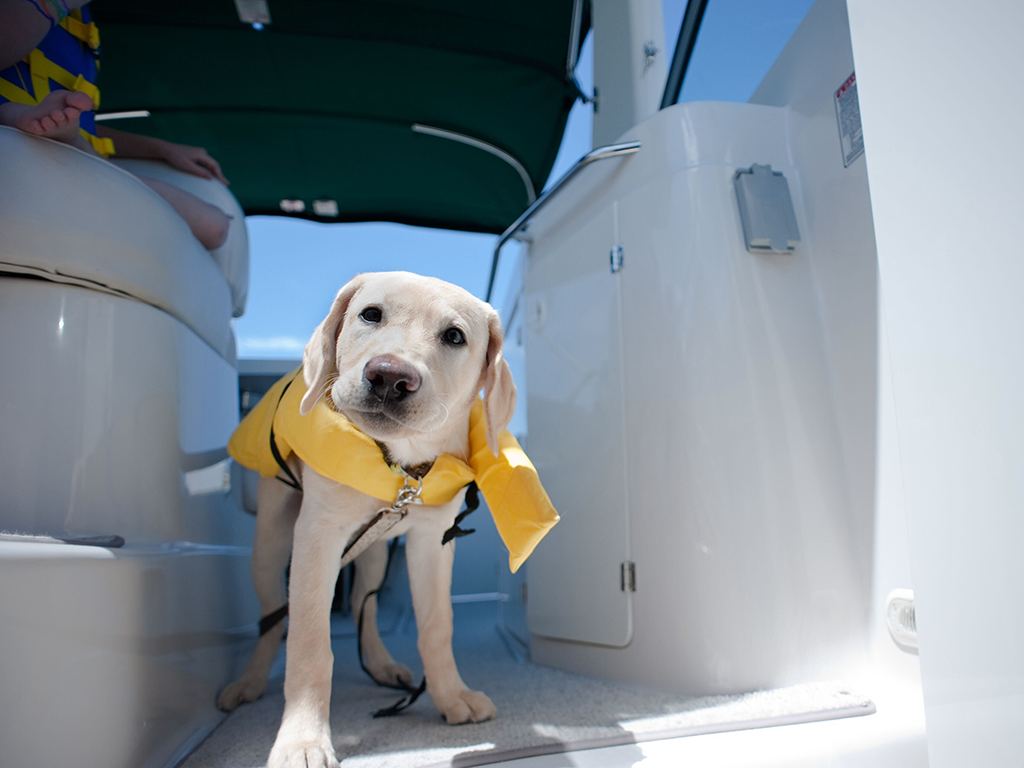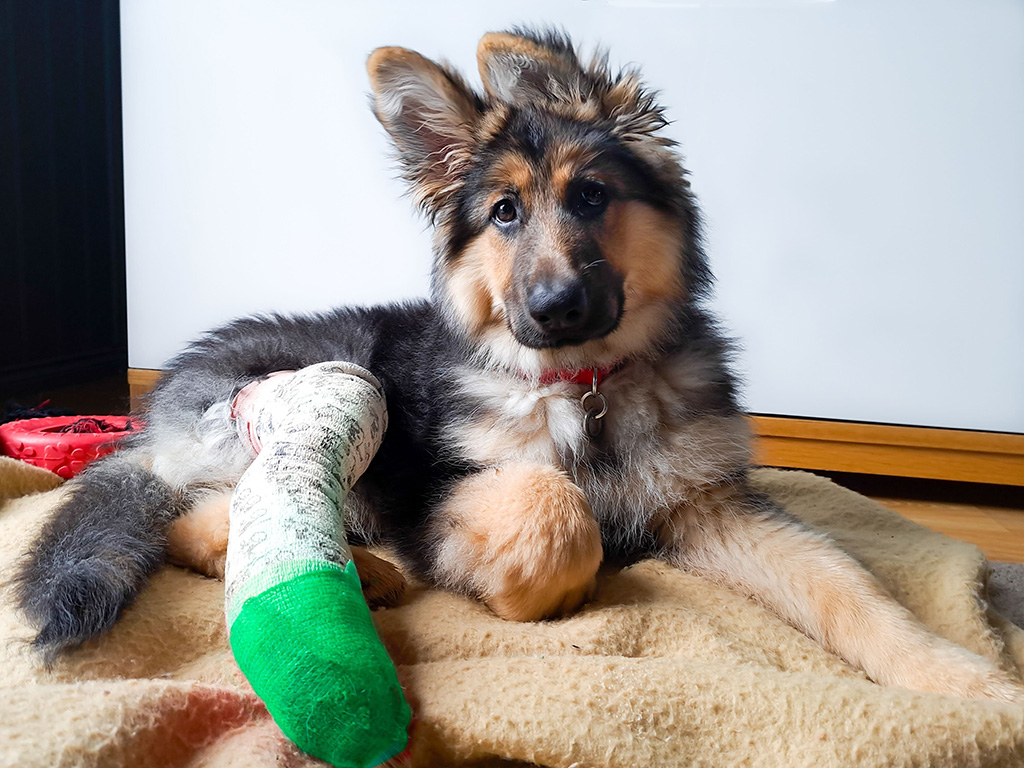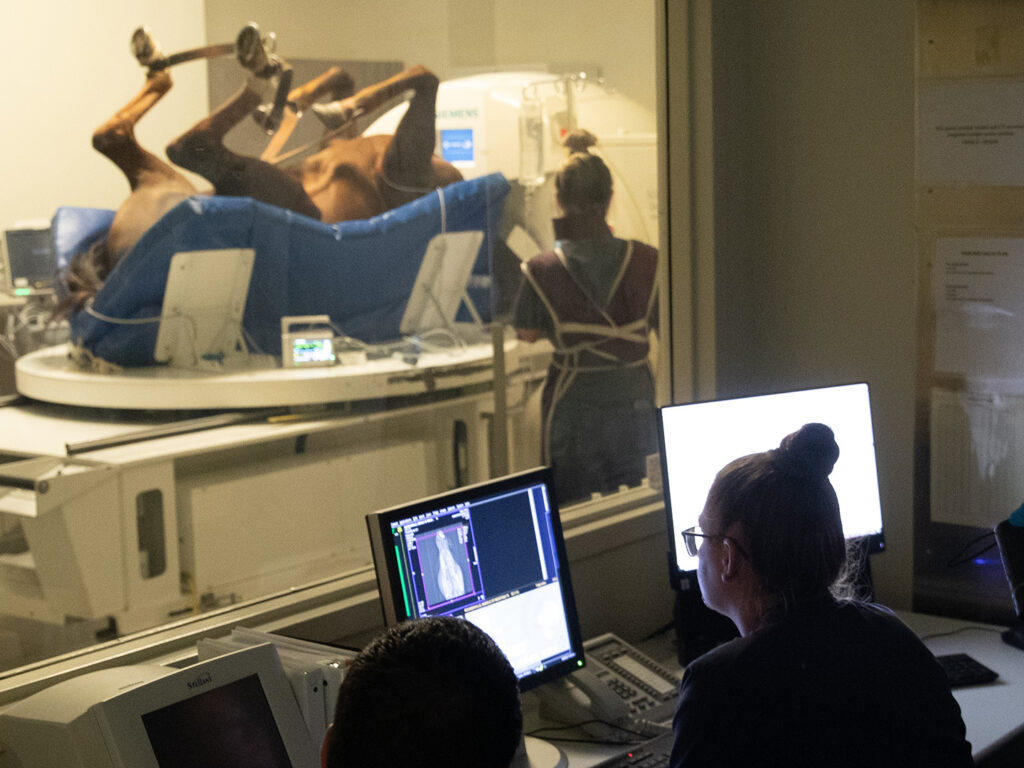Prepared To Protect: A Small Pet Owner’s Guide To Disaster Preparedness

Weather-related disasters have increased in frequency and severity across the U.S. over the past five years, and when communities are impacted by things such as flooding, severe storms, hurricanes, wildfires, or earthquakes, the chaos can become overwhelming — especially when you have a furry companion looking to you for reassurance and support.
Because having a predetermined emergency plan can make all the difference in a pet owner’s ability to stay calm in the midst of uncertainty, Dr. Deb Zoran, a professor and director of the Veterinary Emergency Team at the Texas A&M’s College of Veterinary Medicine & Biomedical Sciences, shares the importance of and provides tips for establishing pet-focused plans in the event of a disaster.
Making A Plan
Disasters can vary depending on where you live, so staying knowledgeable of potential threats in your area is vital to keeping you and your pets safe. In addition to natural disasters, human-made disasters like train derailments and chemical spills can create unexpected emergencies for pet owners.
In these situations, the main priority is ensuring the safety of yourself, your loved ones, and your pets — a responsibility that comes easier when you already have a plan set in place.
“Having a plan helps focus your mind when things get really chaotic,” Zoran said. “Disasters cause panic in many people, but if you have already thought about what all you need to do, it helps you regather yourself and focus on activating the plan.”
The amount of time owners have to react to a disaster depends on how early the alarm is sounded.
“With hurricanes, for example, you’ll usually know it’s coming so you can plan ahead of time and evacuate your family out of harm’s way,” Zoran said. “Other evacuations may have to happen at a moment’s notice because of what we call a ‘no-notice’ event, like a house fire. You need to gather up your animals and things quickly and get out, and if that hasn’t been pre-staged and planned for, it could become harmful very quickly.”
An important first step in planning is determining a location you could evacuate to if your house were to become uninhabitable.
“Figure out who you could stay with ahead of time and make sure it’s OK with them for you to bring your pets,” Zoran said. “If you don’t have friends or family in the area, identify a hotel that’s pet friendly.”
Zoran recommends having at least two backup evacuation options in case your first option is inaccessible.
Preparing An Emergency Kit
Whether you call it a “go-bag” or a “bug-out-bag,” having an animal disaster kit, box, or backpack is integral in case of emergency.
Each kit may look slightly different depending on the type of animal and its specific requirements, but the effort to prepare a specialized bag for your furry friend remains the same.
Essentials for an emergency kit include:
- Food and water for at least three days
- Tools for containing and transporting the pet, such as an extra carrier or a leash
- Items for comfort, such as familiar toys, a favorite bed, or even a larger carrier to provide more room
- Any necessary medications
- Medical, vaccination, and microchip records
Zoran recommends replacing all food and bottled water every 6 months to keep the kit refreshed and ready to use at a moment’s notice.
Never Leave A Pet Behind
Of course, the most important thing to grab in the event of an emergency is the pet itself. But between differing species and temperaments of pets, rallying them can be a struggle.
“You have to plan according to the animal you have,” Zoran said. “If you don’t catch a cat early in the process, it’s going to run and hide. The same can also happen for dogs, particularly if they are outside — many people think their dogs will wait for them, but in a fight or flight situation they will definitely flee. On the other hand, if you have little rodents in a cage, it’s a simpler process; you just need to grab their things and their cage, put them in the car, and go.”
Ensuring pets are crate-trained and comfortable getting into a vehicle can help make the process smoother.
“I leave my cats’ kennels out so they can sleep in them, which helps make sure they don’t see the kennel as a scary, foreign thing,” Zoran said. “Crate training is important for dogs, too — if they have to live in one for a few days but they’ve never had to be in one before, it’s going to be a really stressful experience.”
Making sure pets are microchipped is a good way to ensure that even if they do escape during the chaos, they will be more likely to find their way back home.
Resources Available
Digital resources are plentiful for pet owners interested in learning more about creating a step-by-step disaster plan, assembling an emergency pet kit, and more. In particular, Zoran recommends The American Veterinary Medical Association, American Red Cross, and Texas A&M’s VET websites.
Your local veterinarian can also provide specific recommendations for your disaster plan and items that your particular pet should have in a crisis situation.
Preparedness takes time, but it’s an important part of pet ownership. It is seemingly impossible to be over-prepared when taking steps to ensure the health and happiness of your pet should a disaster strike your home.Pet Talk is a service of the College of Veterinary Medicine & Biomedical Sciences, Texas A&M University. Stories can be viewed on the web at vetmed.tamu.edu/news/pet-talk. Suggestions for future topics may be directed to vmbs-editor@tamu.edu.
You May Also Like








